Adaptive optics and ground-to-space laser communications
The relationships between laser communication system parameters and adaptive optics system parameters are addressed. Improvement in optical signal propagation between space-based receivers and ground-based transmitters is possible with adaptive optics systems that compensate for a few degrees of freedom. Beginning with the relationship between optical signal fade and surge and the atmospheric log-amplitude variance and coupling to expressions that combine adaptive optics systems performance with the reduction in log-amplitude variance, system level examinations of the effects of adaptive optics can be done. Examples are given that show the advantageous reduction in signal fade and surge when adaptive optics are built into the optical system.

/images/Graphics/Newsroom/2020articles/B3_

Free-space optical communication - Wikipedia

The Three Main Types of Communication Services Provided by Satellites: Telecommunications, Broadcasting, and Data Communications
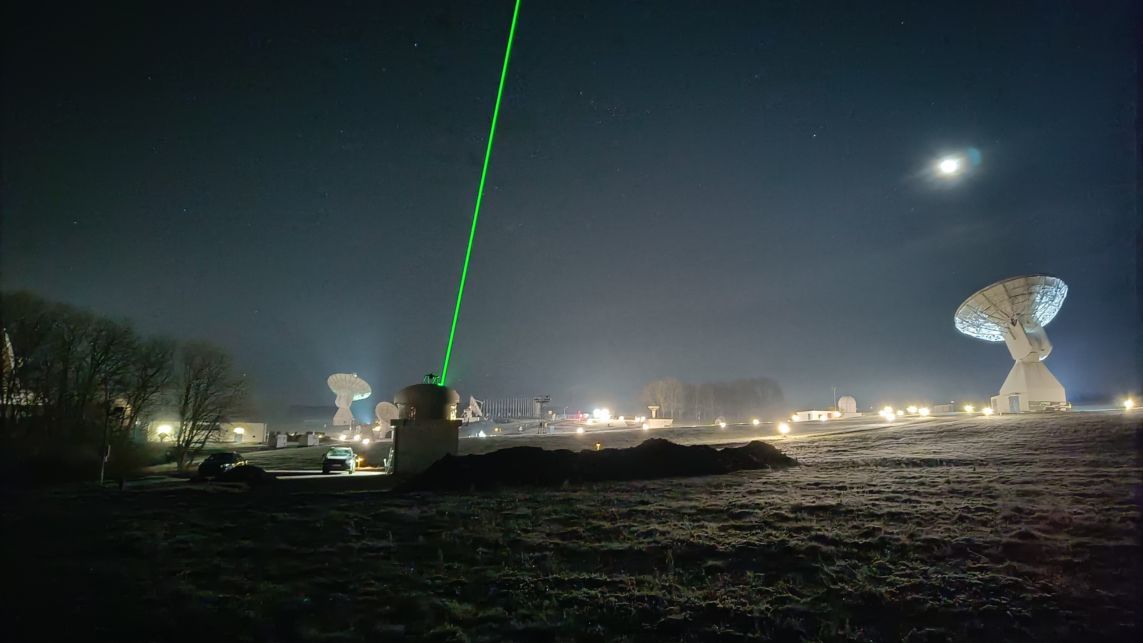
Robust adaptive optics for optical communications
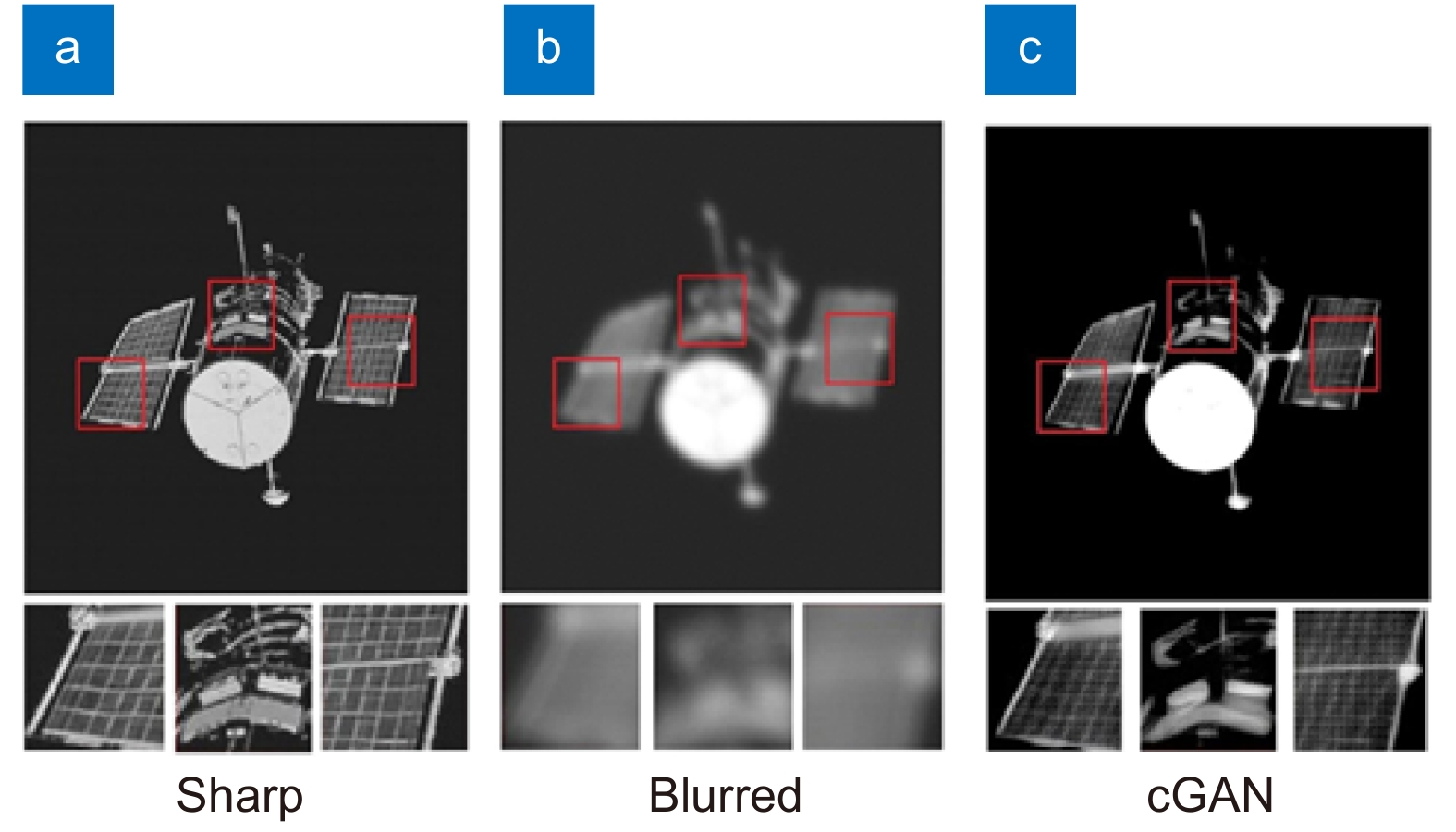
Adaptive optics based on machine learning: a review

Optimisation of the pre-compensation phase for GEO-feeder optical uplinks
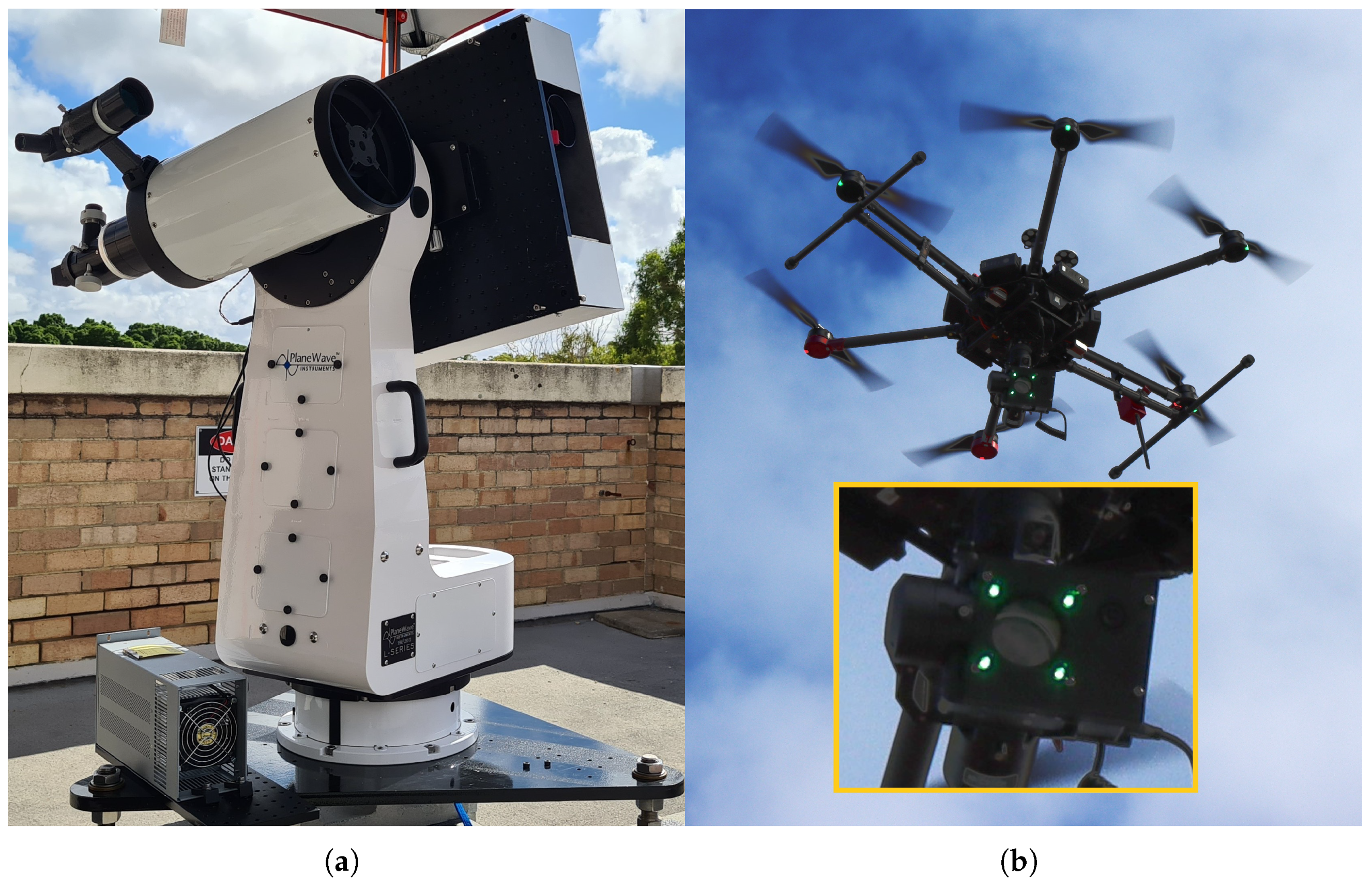
Drones, Free Full-Text

PDF] Adaptive Optics for the Mitigation of Atmospheric Effects in Laser Satellite-To-Ground Communications

Demonstration of 100 Gbps coherent free-space optical communications at LEO tracking rates
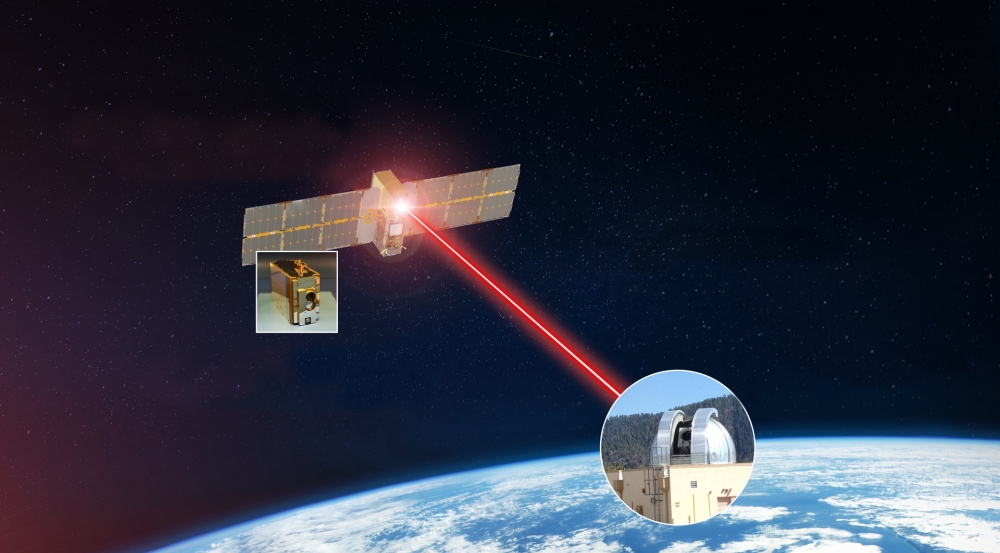
Communications system achieves fastest laser link from space yet
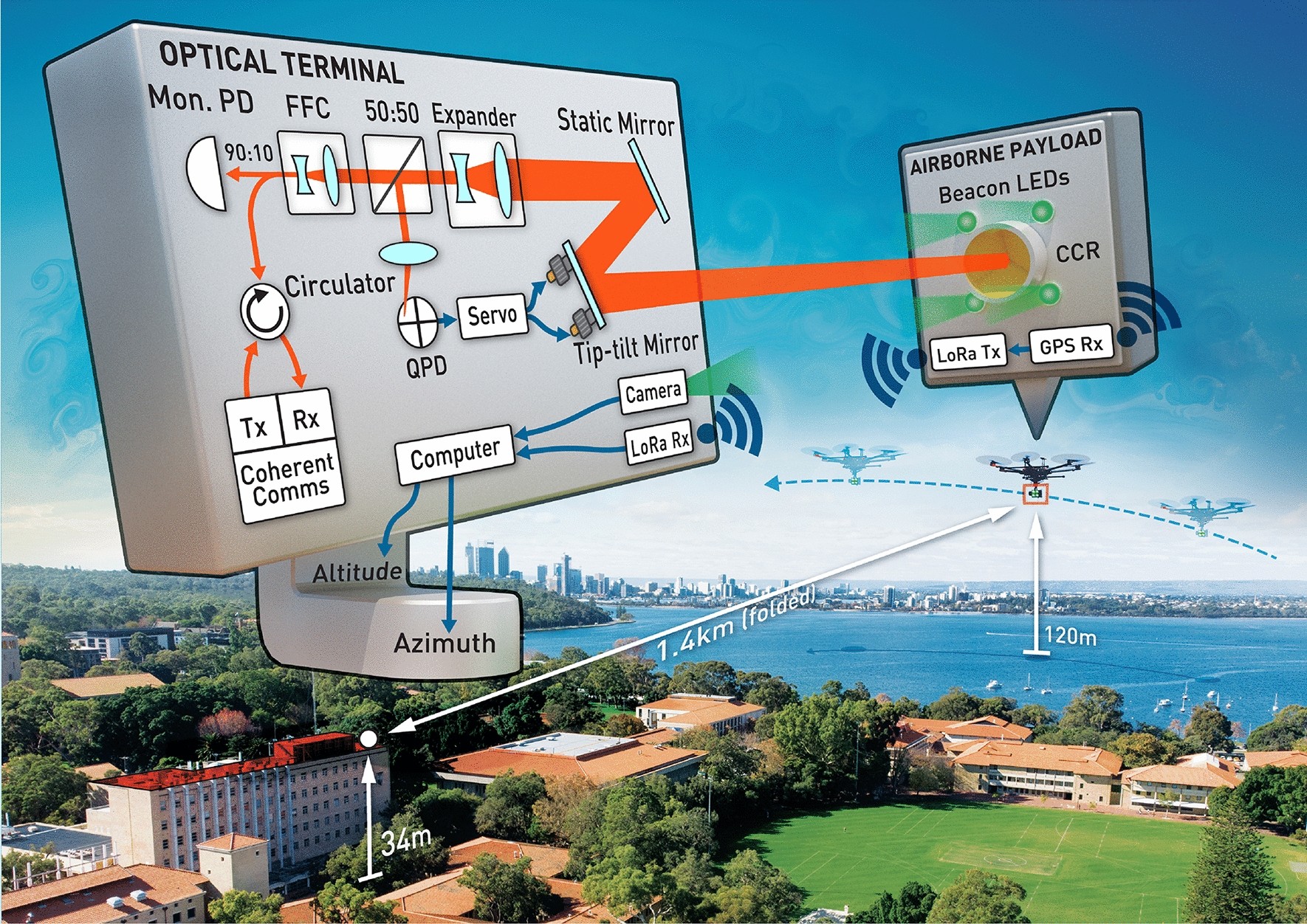
Demonstration of 100 Gbps coherent free-space optical communications at LEO tracking rates

PHOTONICS APPLIED: FREE-SPACE COMMUNICATIONS: Sophisticated optical systems extend reach of free-space communications









